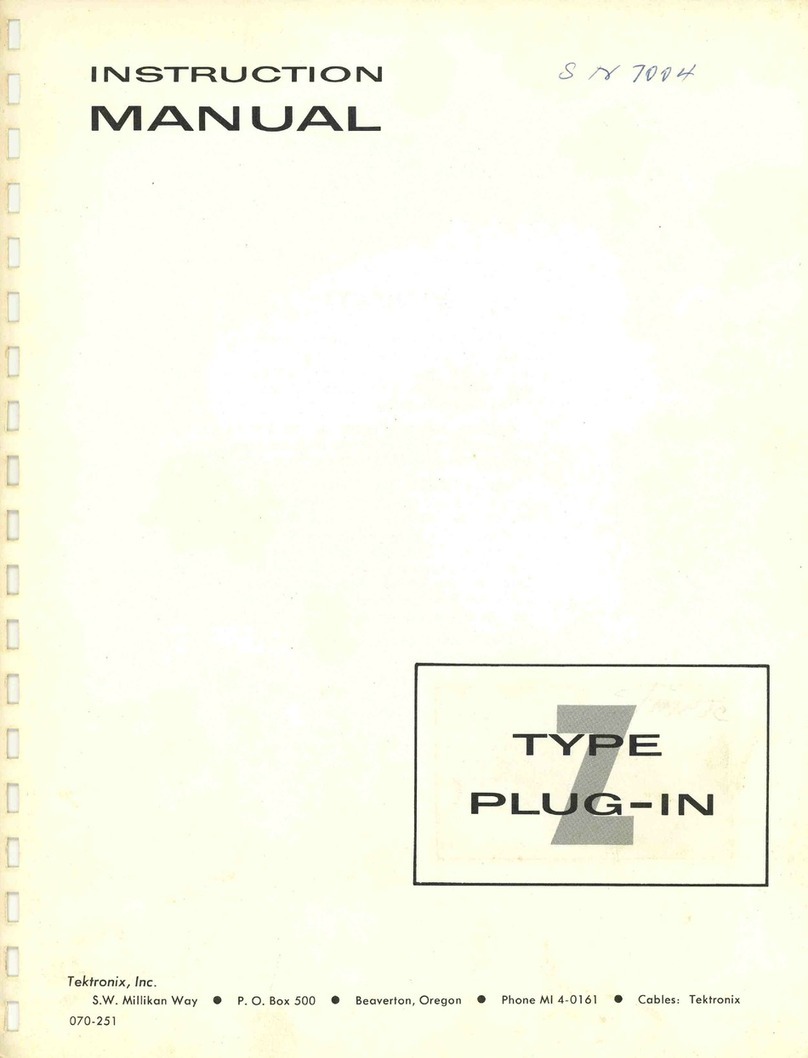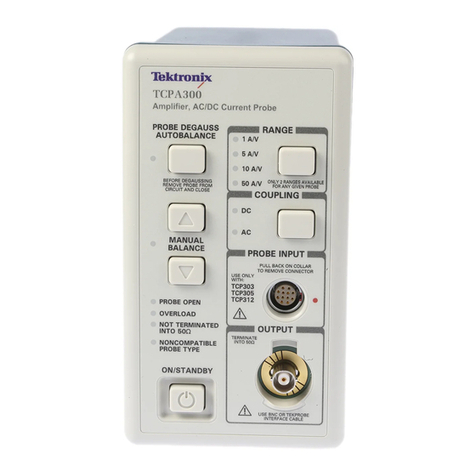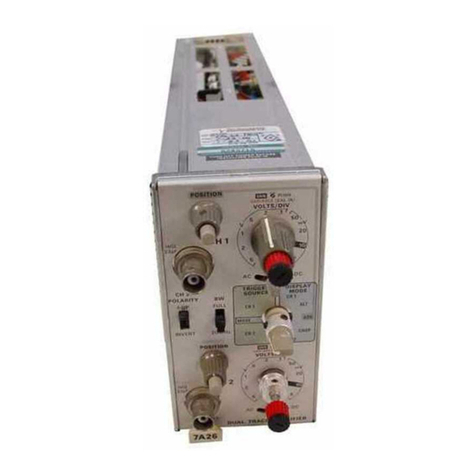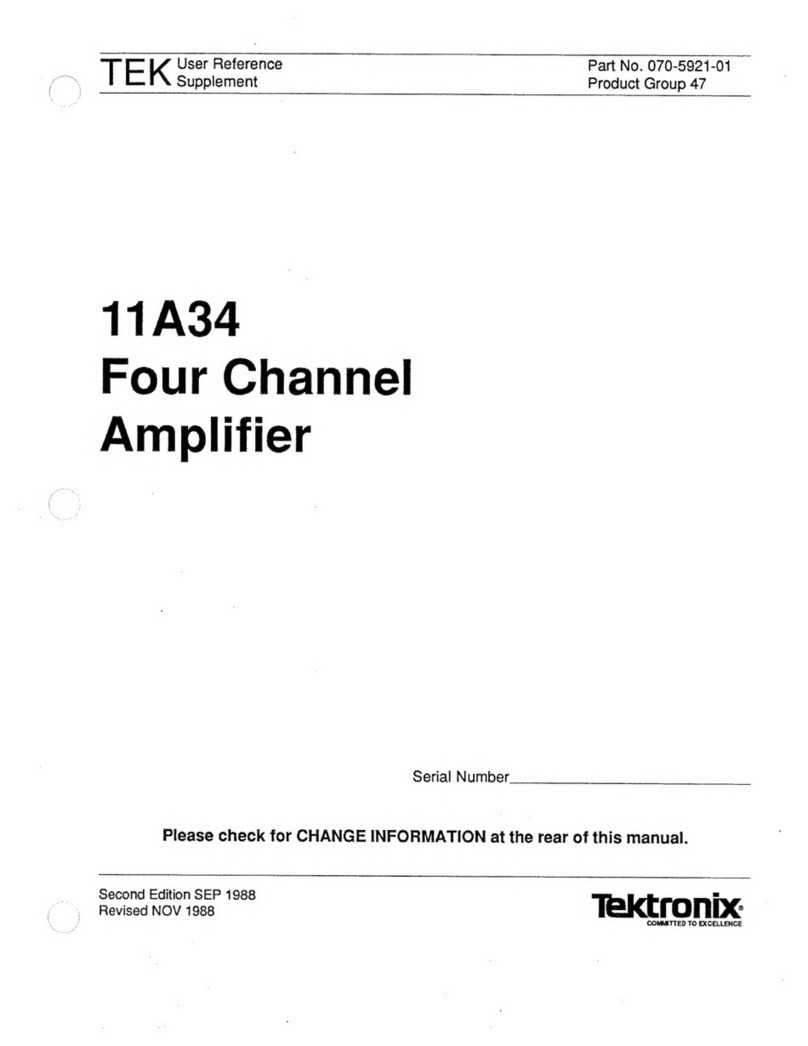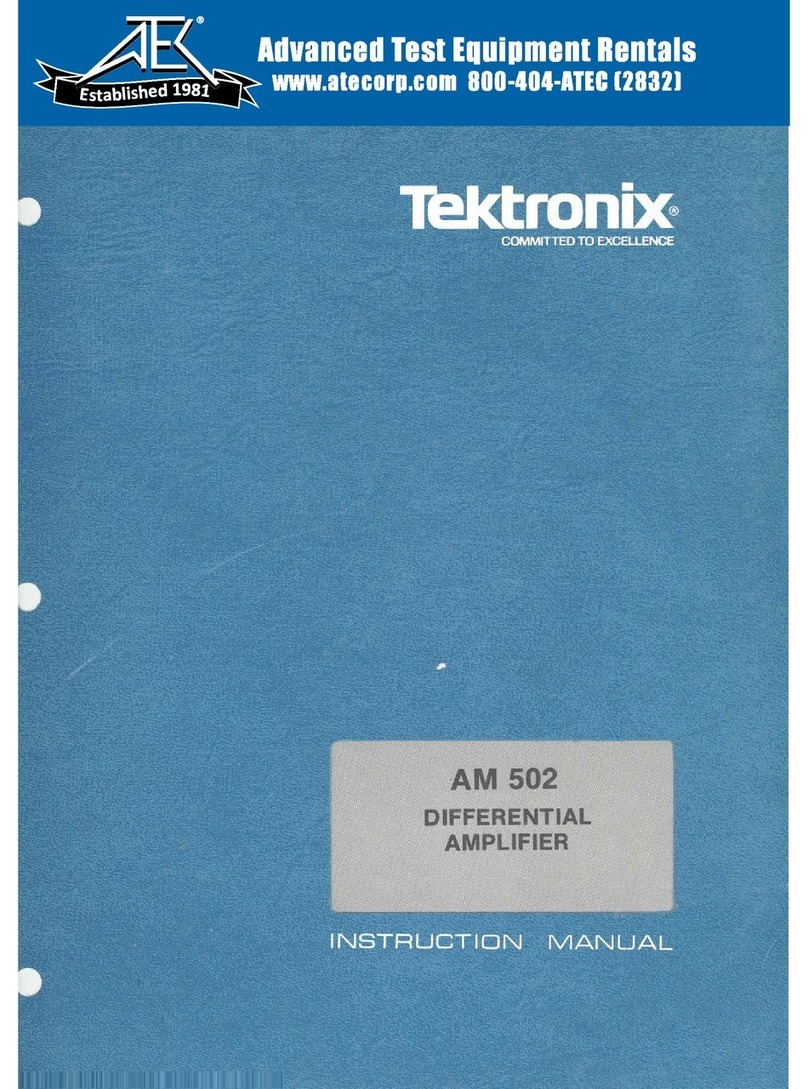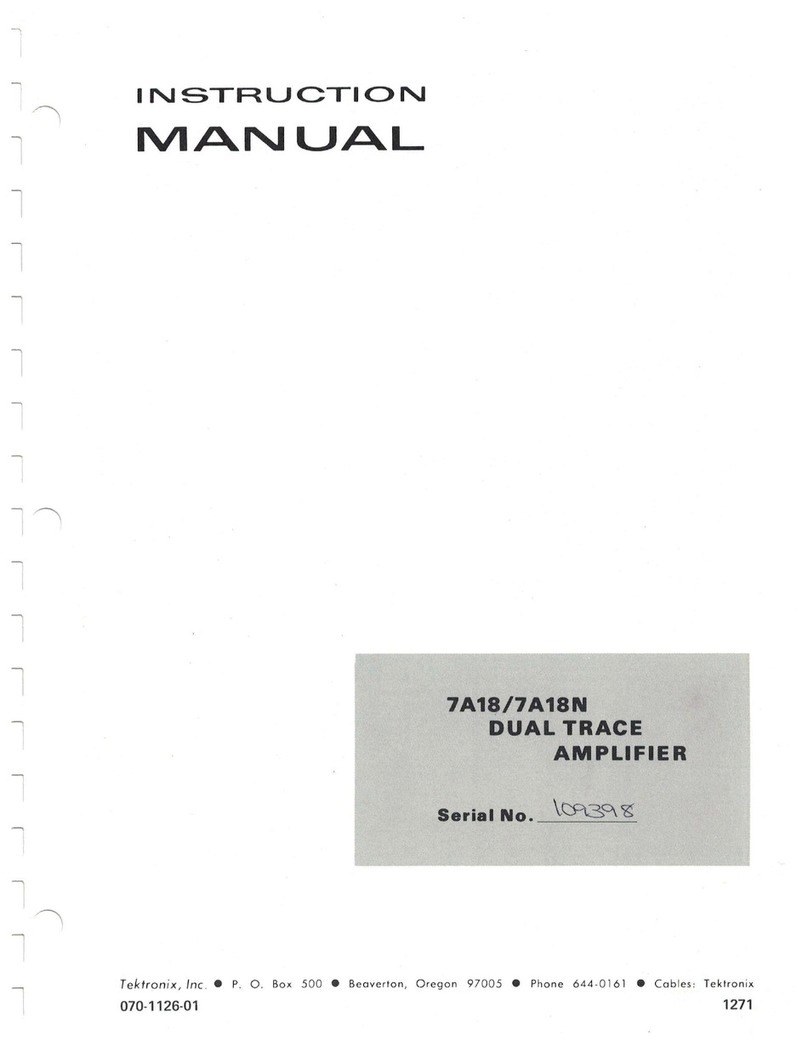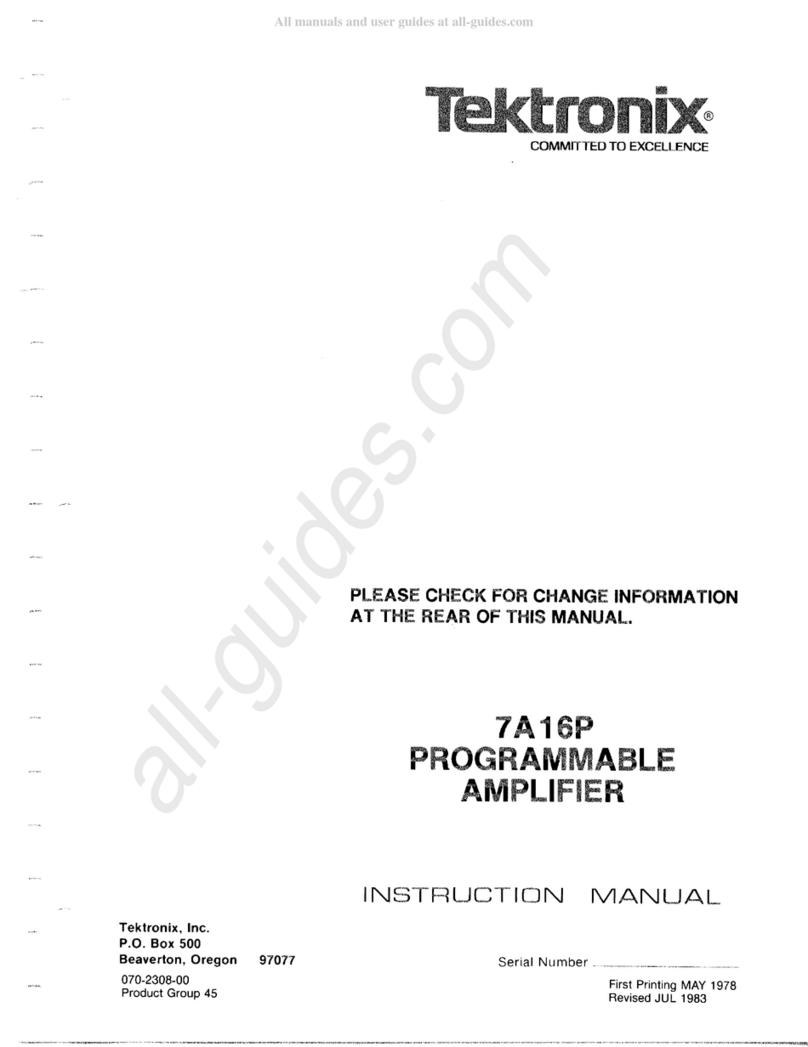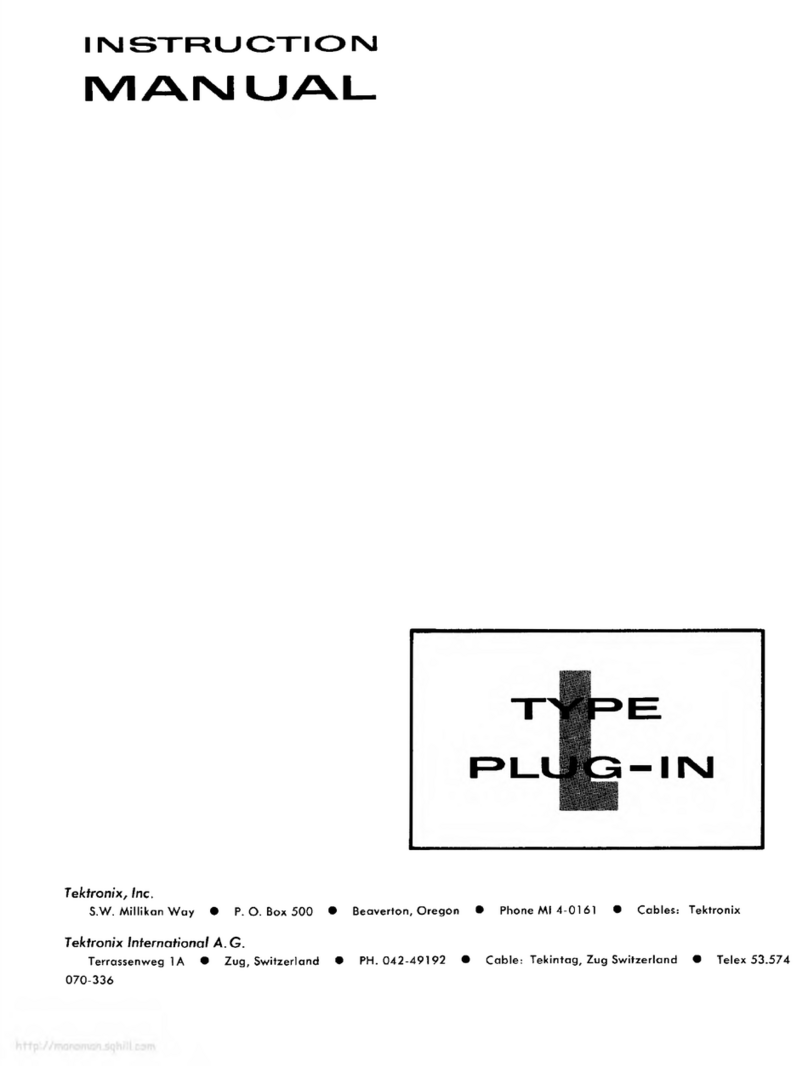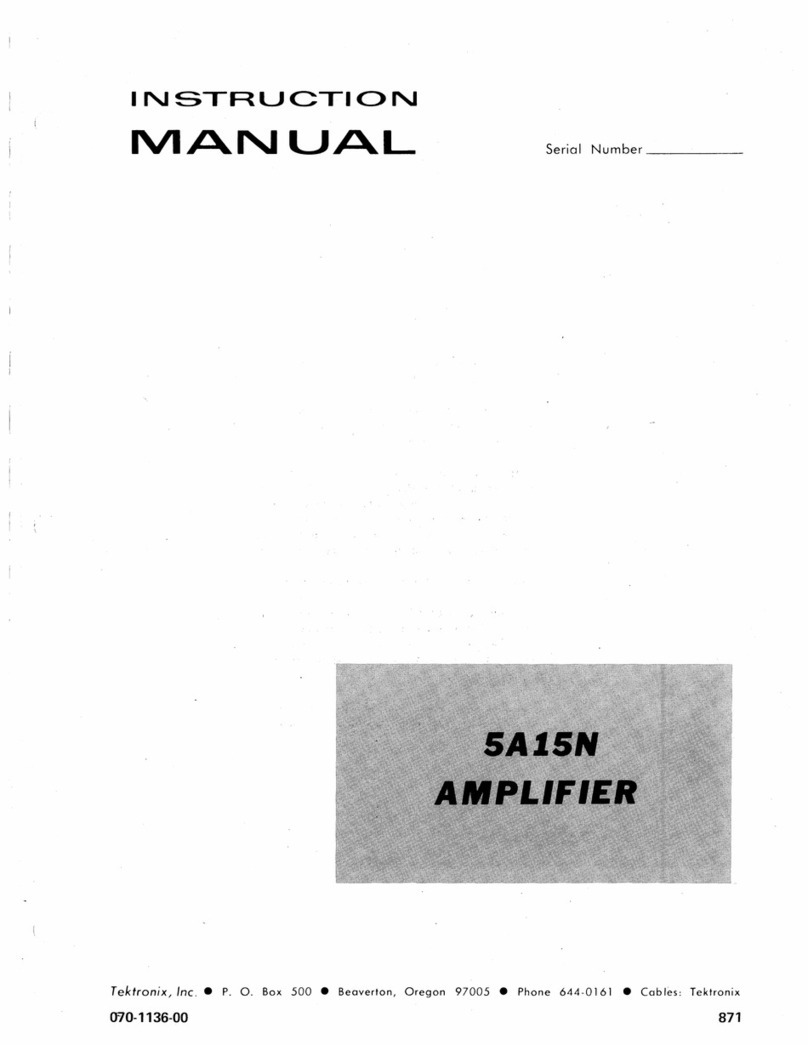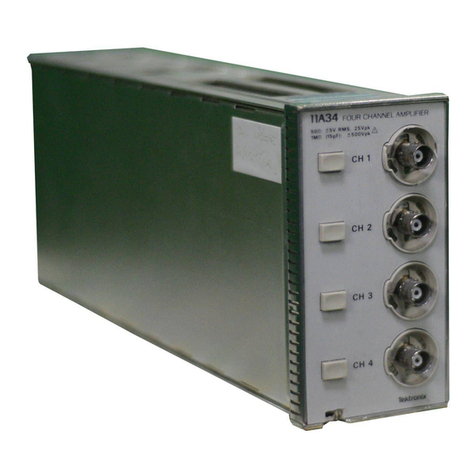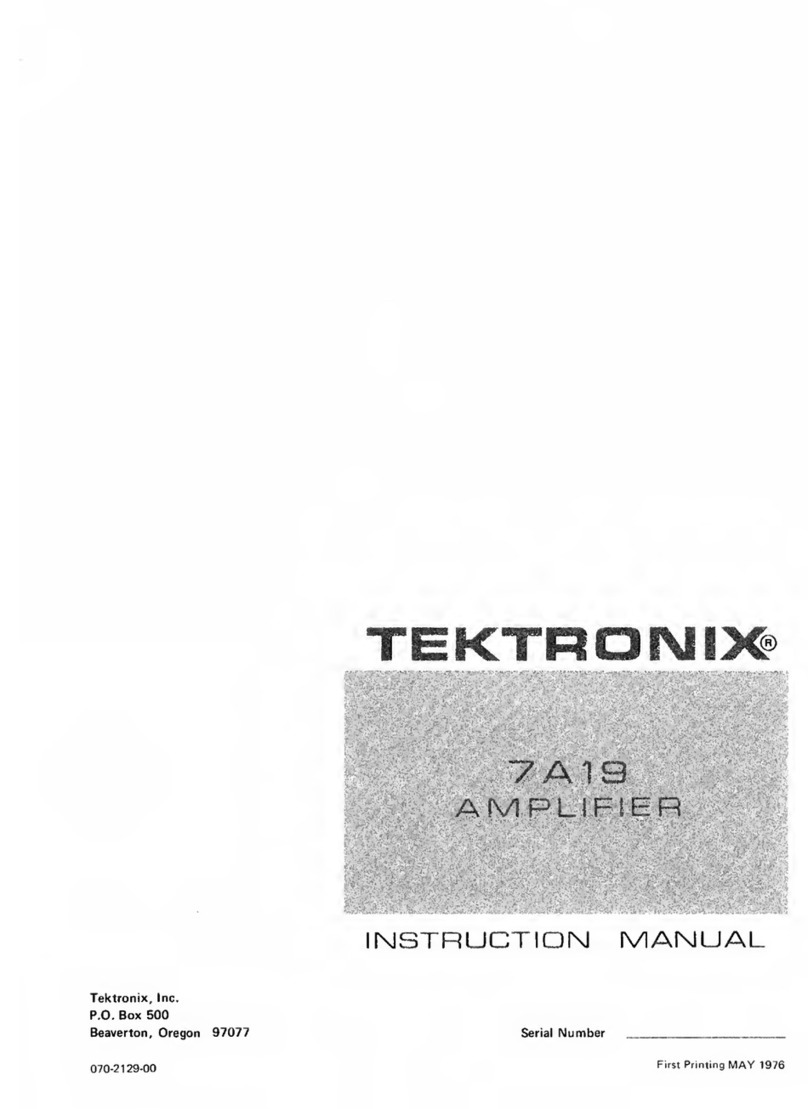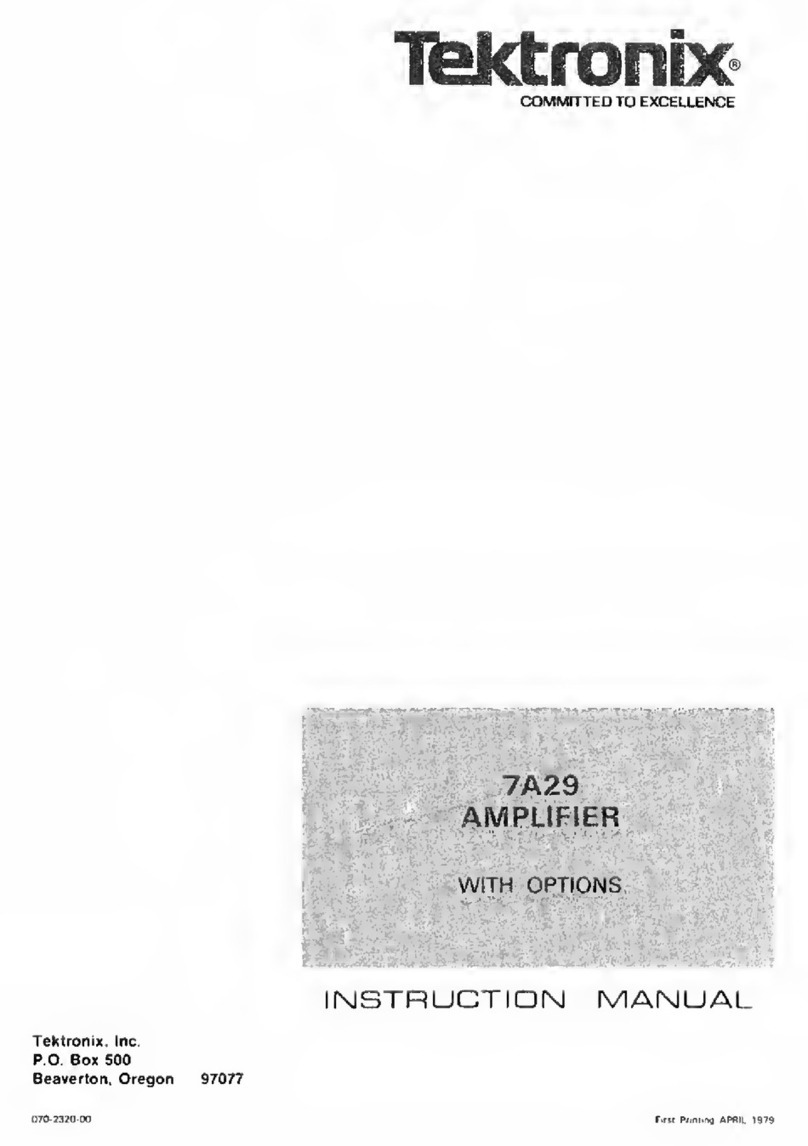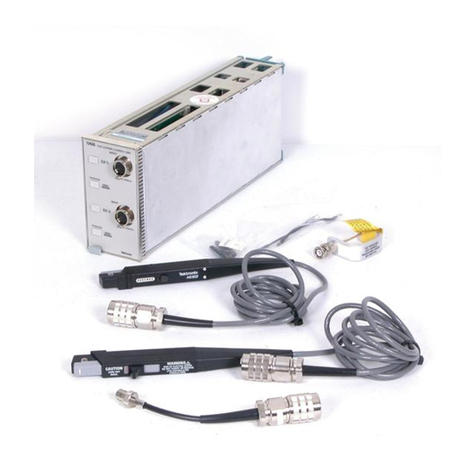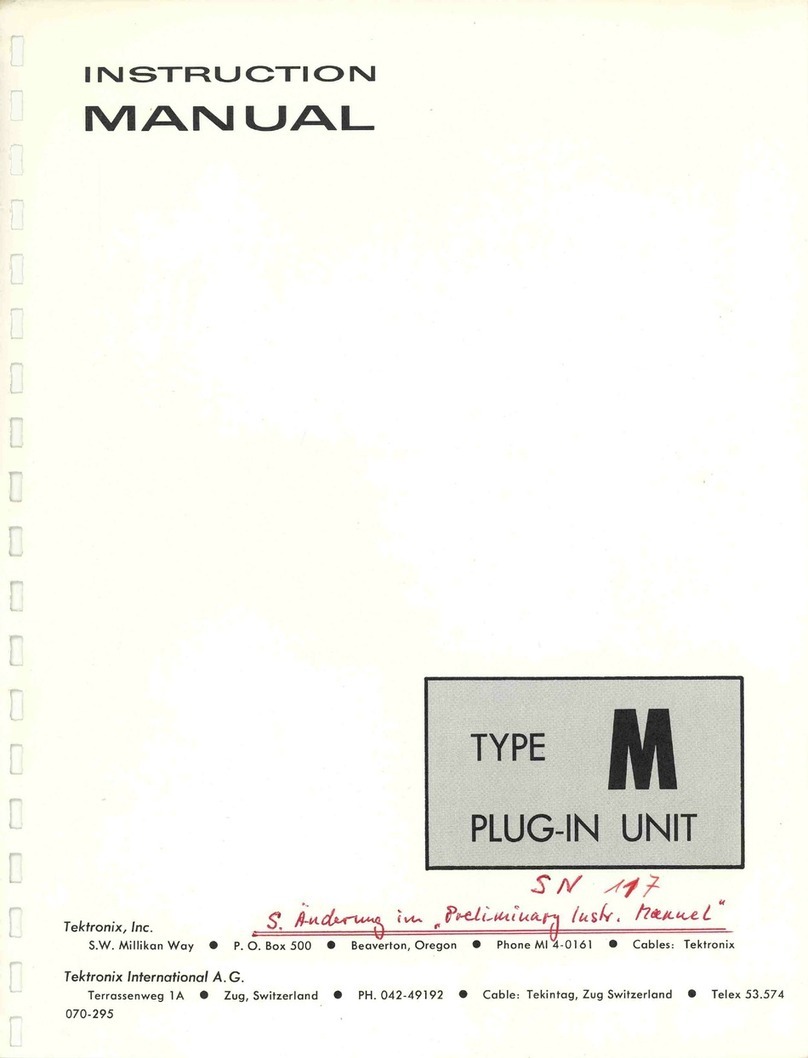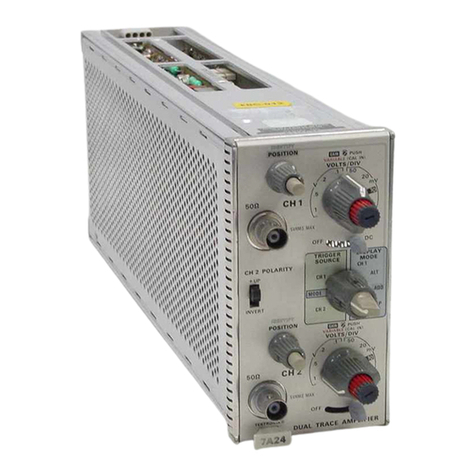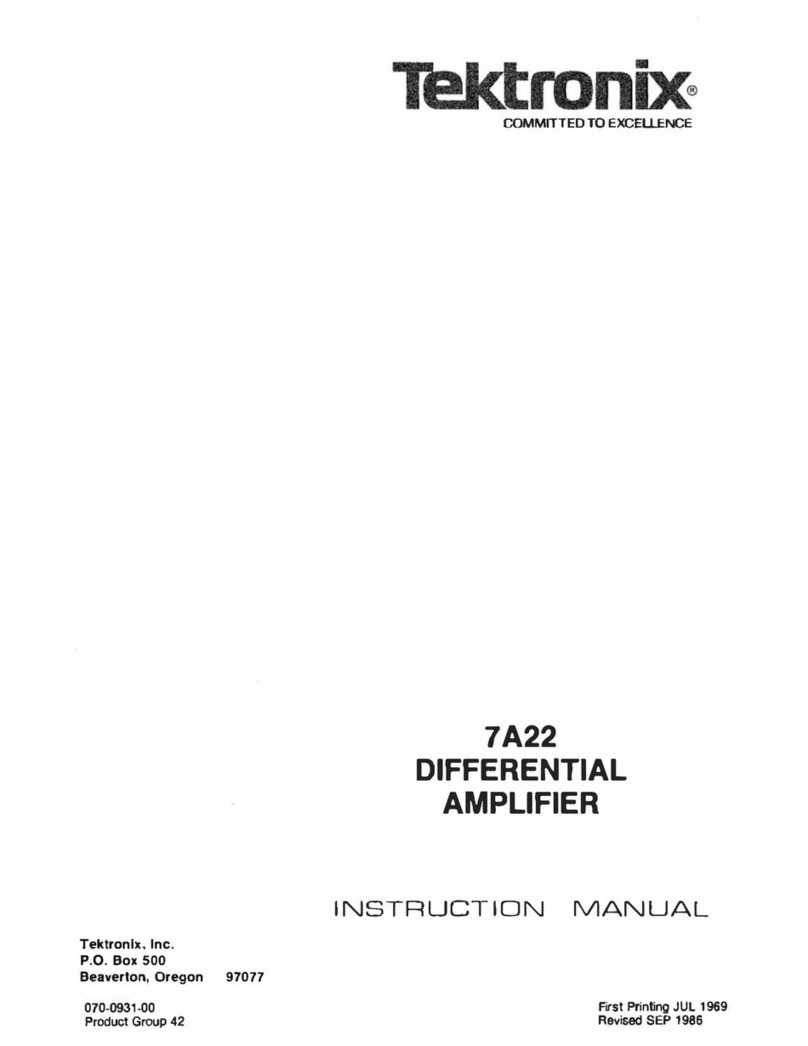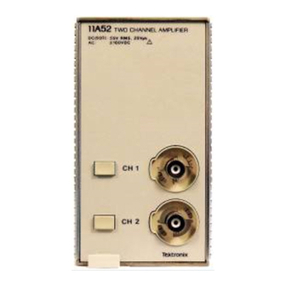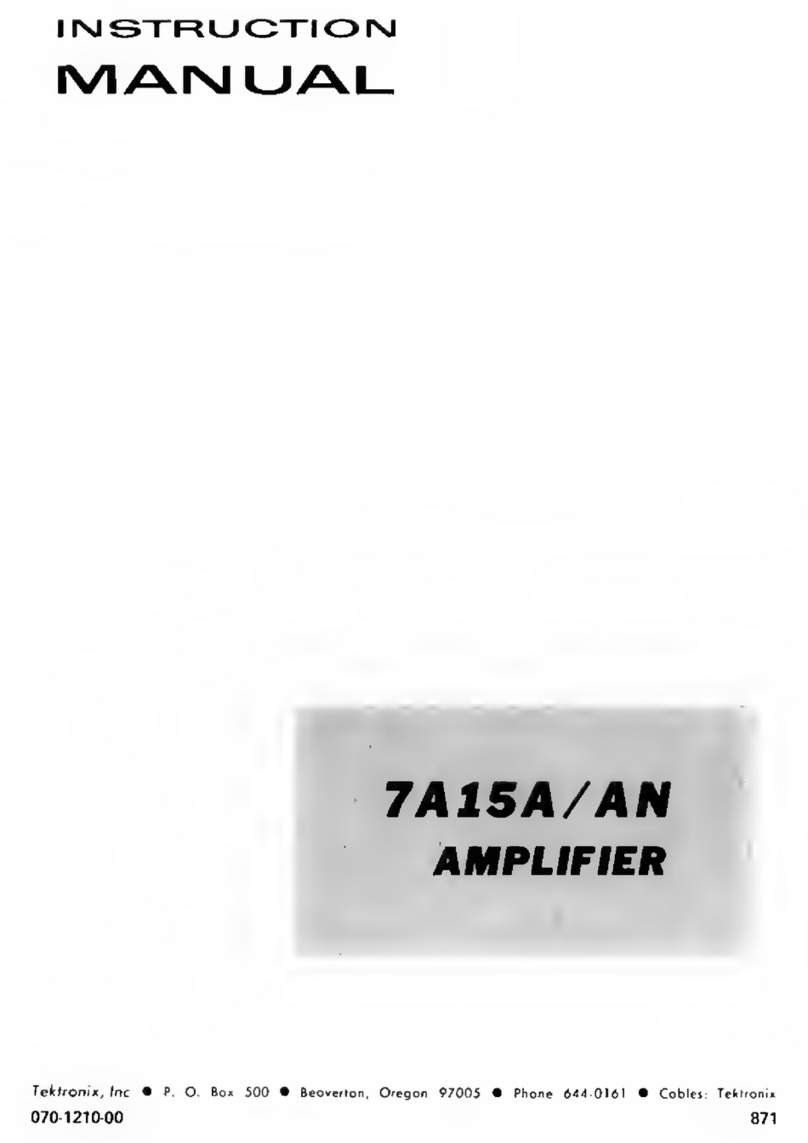
Churaeterittin-P6046
Probe
and
Amplifier
~
15
~~~~;;~]~~§~=~==~~~::~:""~
·~~!~~~~~~!:~~~~~~~~=~~=t-~-~::"~f~~~~~!~I~~~l~~!!?~:~-=-:~
With
Type
1A5
I
200
t.N
tongentiglly M;;!'QSvted i
RMS
value
is
approximately
1J
2 of the tan-
--WithA~pilf{;;-F(;~P6o46~·~·-~t2So
p.V-
rengentiuiiy-meo~orecr·--------··is~ntially
measured value. Peak to peak
! . . . l value
is
approximately
5J
times
RMS.
~r£~~~~If!~~~:_i~~~~~d~~:~~=~J
..
~}!~~o;:}~s~o!_}~£~~s§~L-=-~~-=--~==--==~r===--~:~~--~~:··
-===-~-=-~=~==-=:-.=~
Overdrive Recovery Time , I 5V Input
With Type iA5 i
0.15
p.s
or
less
{to
within
10
mV
of
DC
j
!shifted level) !
wilh'A;:;pmier
-For
P6046-·-·-ra-:~-;~-o·~·I;;;$(io
withi;TOmVof-DC
sr;iftecn
i !eveij !
~~,~--·~-·~---·~--·-
---·-···--..-----..--~---'--·~-
-··--~~~-~-~........-.~-.-
....
-..----~.-----~--~-~---------
---
"-
.-,-..~---~·---~--
-~...,.._~
.........
~
......._... -
...
--.~-
--------~
---
..,-··-----~-------·~----····~---·-·
Maximum Al!cwoble tnpvf '
25
V toto!
OC
+
Peak
AC;
25
V
toted
dlf-
i
AC
or
DC-covpled
1 ference
betweM
+
and
~-
Input tips 1
-~;1ftf~~~~~~~~~c:=~-~~-~~~+~~~fs~:\1r:~~;~;c;~~~~;--o~--~~--~=p~J-~~=~~§J~_
--==-~==~·=·=~~=--=~===
l
+5"
c !
----~-----------··---·--t-·----.
~----··-·---.
-------·+---------------------~---~-·
Amplifier for
?6046
!
90
to
136
V
or
180
to
272 V AC,
50
to
1Chong$ power
eonn~dions
for ronge and
Operating Voiroge i
400Hz
!vQitoge within range. See Table 4-3.
--~
·--~.
-•-4~-
--··-~•
--·~~·---~
··~~---
--~-.~-
~.._-••·•·-~·~·---·---~-~---.-·
....
-~--..........,..~>'"·.-•V-•·•--~-
..
~--------
•-•<-'<-•
.--..
-~
__
_.,.
-,<\'
~·-~·-~-_,,.
___
,,_,
___
,.....,..
_
____.~~---~~
-~---·-·~-
-~~
,
__
,
~mp•afure
! ;
i
Non-operating 1-4Q"C to +o5"C
o-p-e,:atin9
________
-----~-
----
··n5"ct"o-
+50"c
----···-·---·---···-~·-···-~---
....................
·----4.----·----------------~-----------·-·-·--·-~-·-·-
Aititude j
Non-operating
l
To
50,000 feet
i
j
--~f~~~;i:~~~g~--~=~~
~~=-
-==--~~--=~~t!~J:~~~!ee~:=·-==:=:·
_______
----·-·----·--+----·-·--·-·-..,·-------·-·.
------~-···-----·-~-----·
Non-~peroling
Is
cycles
Mll-STD-202C,
Method
1068,
omit·
__
···-·-
·--
....
----~---~-·-----
--------1-!!.~_fre~~~-o~
..
v
___
ib
___
r
__
o
__
tio_n
___
.........
..:------------·--+------··-··-·
___
..
_____
.....
_--·-·-----·-·--···--------
..
Vibration ,
Operating l1s minutes
each
oxis
at
0.015 inch. Fre·
lquency varied from 10-50.10
c/s
in
1-min·
i ute cydes with instrument secured to vibra·
Non-operating
Probe Body
Amplifier
ticm
pkltform.
Three
minutes
eoch
oxi;
ot
reso~!:!..J:~i~_?!~~t_SO
__
:...
.....
--·-·--·-•-----·-
400 g's 1
/'" sinai 6 shocks along
tri::Huvers!ll'
axis
at
1
/2
ms,
i
ms
and
2
ms
duration
(toto!
of 1B
:shocks);
3 oddltionol
shO<:ks
in
longifudinol axis or Y
2
rns,
l
ms
and 2
ms
(toto! of 9j
200
g·s, V
2
si~,
3
ms
or 7
ms
durotion:
3
shoth
eoeh direction cdong the 3 maior
axes
for
o toto! of
18
shocks
··------!---·--·-
1-3
